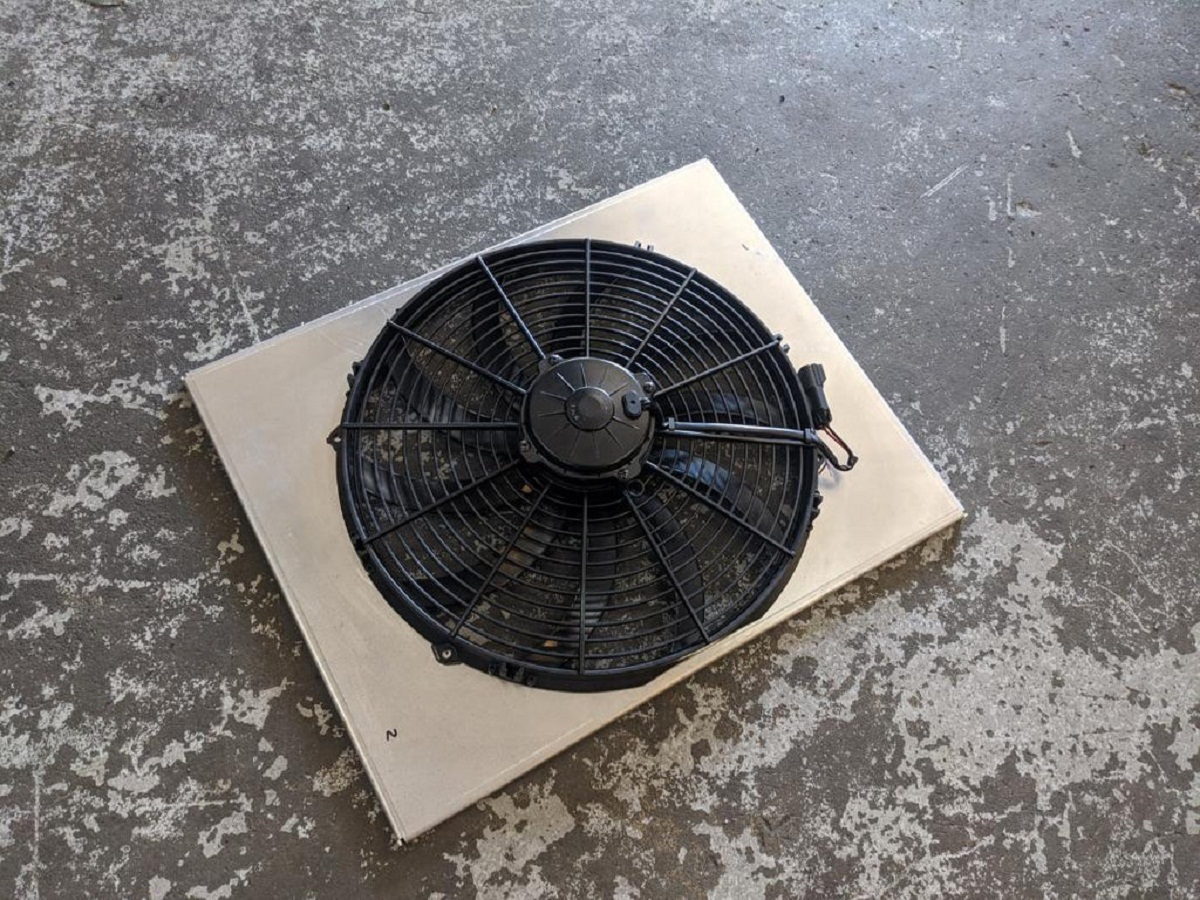

Articles
What Is A Shroud Fan
Modified: January 18, 2024
Discover informative articles about shroud fans and their benefits. Learn how to choose the best shroud fan for your needs and maximize cooling efficiency.
(Many of the links in this article redirect to a specific reviewed product. Your purchase of these products through affiliate links helps to generate commission for Storables.com, at no extra cost. Learn more)
What Is A Shroud Fan
A shroud fan is a type of fan that is often used in various cooling systems, such as in computer systems, vehicles, and industrial settings. It is specifically designed to improve the airflow and maximize the cooling efficiency of the system it is installed in. The shroud fan works by directing the airflow towards a specific area and preventing air from escaping in undesirable directions.
The primary purpose of a shroud fan is to enhance the heat dissipation process by channeling the airflow effectively. By enclosing the fan blades within a shroud, it helps to concentrate the airflow, ensuring that it is directed towards the intended target. This targeted airflow is especially crucial in applications where cooling is essential, as it helps to prevent overheating and maintain optimal performance.
Key Takeaways:
- Shroud fans are specialized fans that optimize airflow, prevent hot spots, and reduce air leakage, enhancing cooling efficiency in various systems.
- When choosing a shroud fan, consider factors such as cooling requirements, size, noise level, adjustability, and maintenance to ensure optimal performance and longevity.
Read also: 10 Best Fan Shroud for 2024
Introduction
When it comes to cooling systems, efficiency and effectiveness are key. Whether it’s keeping your computer running smoothly, preventing your vehicle’s engine from overheating, or maintaining the ideal temperature in an industrial setting, a shroud fan plays a vital role. In this article, we will explore the intricacies of shroud fans, from their definition and functionality to the various types available and the benefits and drawbacks of using them.
Shroud fans are a specialized type of fan that go beyond the traditional fan design. They incorporate a shroud, which is a housing or enclosure that surrounds the fan blades. This shroud serves a crucial purpose – to direct and optimize the airflow generated by the fan. By enclosing the blades, the shroud fan ensures that the airflow is focused towards a specific area, enabling efficient cooling and preventing air leakage in unwanted directions.
With their unique design, shroud fans excel at providing targeted and concentrated airflow. This feature is especially significant in applications where cooling is critical, such as electronics, automotive, and industrial settings. By directing the airflow to the intended target, shroud fans effectively dissipate heat and help maintain optimal performance.
In the next sections, we will delve deeper into the definition of a shroud fan and its purpose and functionality. We will also explore the different types of shroud fans available in the market. Furthermore, we will outline the benefits of using a shroud fan, as well as the drawbacks associated with their usage. Finally, we will provide guidelines on how to choose the right shroud fan for your specific needs and discuss the installation process and maintenance requirements.
So, if you have been curious about shroud fans and their role in cooling systems, read on to discover everything you need to know about these powerful cooling devices.
Definition of a Shroud Fan
A shroud fan is a specialized type of fan that incorporates a shroud, an enclosure or housing that surrounds the fan blades. The primary purpose of the shroud is to direct and optimize the airflow generated by the fan. By enclosing the blades, the shroud fan ensures that the airflow is focused towards a specific area, improving the cooling efficiency and preventing air leakage in unwanted directions.
Shroud fans are commonly used in various cooling systems, such as computer systems, vehicles, and industrial applications. Their unique design makes them particularly effective in dissipating heat and maintaining optimal performance in these systems. By directing the airflow towards the targeted component or area, shroud fans enhance heat transfer and prevent overheating.
The shroud itself is typically made of durable and heat-resistant materials, such as plastic or metal. Its shape and size depend on the specific application and requirements of the cooling system. Some shroud fans have a simple cylindrical or rectangular shape, while others may feature more complex designs to accommodate specific cooling needs.
In terms of operation, shroud fans are powered by an electric motor that drives the rotation of the fan blades. The shroud ensures that the airflow generated by the blades is directed in a specific direction or towards a particular heat-generating component. This focused airflow significantly improves the cooling efficiency compared to traditional fans that do not incorporate a shroud.
It is important to note that shroud fans can come in various sizes and configurations to suit different cooling requirements. They can be found in different diameters and can have varying numbers of blades. The size and specifications of the shroud fan you choose should be determined based on the specific cooling needs of your system.
In summary, a shroud fan is a specialized type of fan that incorporates a shroud to optimize and direct the airflow generated by the fan blades. By enclosing the blades, shroud fans significantly improve cooling efficiency, making them a crucial component in various cooling systems.
Purpose and Functionality of a Shroud Fan
The purpose of a shroud fan is to enhance the cooling efficiency of a system by directing and optimizing the airflow generated by the fan blades. In traditional fans, the airflow can disperse in multiple directions, leading to reduced efficiency and less effective cooling. However, with the inclusion of a shroud, the shroud fan ensures that the airflow is directed towards the specific area that requires cooling.
One of the main functions of a shroud fan is to improve heat transfer and prevent overheating. By concentrating the airflow on a targeted component or area, the shroud fan effectively dissipates heat and maintains optimal operating temperatures. This is particularly crucial in applications where excessive heat can cause damage or affect the performance of the system, such as in computer CPUs, vehicle engines, or industrial machinery.
Furthermore, shroud fans play a vital role in preventing hot spots. In some systems, certain components may generate more heat than others. Without a shroud fan to direct the airflow, these hot spots can develop, leading to uneven cooling and potentially damaging the components. The shroud fan ensures that the airflow is evenly distributed, reducing the chances of hot spots and promoting balanced cooling.
Another significant functionality of a shroud fan is to reduce air leakage. In open systems, such as computer cases or vehicle engine compartments, airflow can escape through gaps or openings, which can limit the efficiency of the cooling. The shroud of a shroud fan helps to enclose the fan blades and prevent air from escaping in undesired directions. This helps to increase the effectiveness of the cooling system by channeling the airflow directly to the intended target.
Moreover, shroud fans can also contribute to noise reduction. The shroud helps to contain the noise generated by the rotating fan blades, reducing the overall noise level produced by the cooling system. This can be particularly beneficial in environments where noise reduction is a priority, such as in offices or bedrooms with computers or in vehicles where noise can impact the driver’s comfort.
In summary, the purpose and functionality of a shroud fan are to enhance cooling efficiency, improve heat transfer, prevent hot spots, reduce air leakage, and contribute to noise reduction. By directing and optimizing the airflow, shroud fans ensure that cooling systems operate effectively and maintain optimal temperatures, thereby prolonging the life and performance of various components and systems.
Types of Shroud Fans
Shroud fans come in various types and configurations, each suited for specific applications and cooling requirements. Understanding the different types of shroud fans can help you choose the most suitable option for your cooling system. Here are some common types of shroud fans:
- Standard Shroud Fans: These are the most basic type of shroud fans and are widely used in various cooling applications. They feature a simple design with a shroud surrounding the fan blades. Standard shroud fans are available in different sizes and configurations to accommodate various cooling needs.
- High-Performance Shroud Fans: These shroud fans are specifically designed for applications that require enhanced cooling performance. They are equipped with larger blades and a more efficient motor, allowing for increased airflow and improved heat dissipation. High-performance shroud fans are commonly used in gaming computers, overclocked systems, or industrial environments where cooling is critical.
- Adjustable Shroud Fans: As the name suggests, these shroud fans offer flexibility in directing the airflow. They feature an adjustable shroud or positioning mechanism that allows you to change the angle or direction of the airflow. This is particularly useful in situations where you need to target specific components or adjust the cooling focus based on changing requirements.
- Dual Shroud Fans: These shroud fans consist of two fans that are placed side by side within a shared shroud. Dual shroud fans provide increased airflow and cooling capacity compared to single fans, making them suitable for applications that require high cooling power, such as heavy-duty machinery or high-performance computer systems.
- RGB Shroud Fans: RGB shroud fans not only offer efficient cooling but also provide aesthetic appeal. These fans incorporate LED lights within the shroud, allowing for customizable lighting effects. They are popular in gaming setups and other environments where visual aesthetics are important.
It’s worth noting that these are just a few examples of the types of shroud fans available. Different manufacturers may have their own variations and specialized versions to cater to specific cooling requirements or preferences.
When selecting a shroud fan, consider factors such as the size and compatibility with your system, the cooling performance required, and any additional features you may need. Choose a shroud fan that best suits your cooling needs while taking into account the specific characteristics and limitations of your system.
Read also: 15 Amazing RV AC Shroud for 2024
Benefits of Using a Shroud Fan
Using a shroud fan in your cooling system can provide several benefits, making them a popular choice in various applications. Here are some advantages of using a shroud fan:
- Improved Cooling Efficiency: One of the main benefits of using a shroud fan is the improved cooling efficiency it offers. The shroud directs the airflow towards the targeted component, ensuring that the cooling is focused and effective. This helps to dissipate heat more efficiently and maintain optimal operating temperatures.
- Prevention of Hot Spots: Shroud fans help prevent the formation of hot spots within a system. By directing the airflow evenly across the components, they minimize the risk of certain areas overheating while others remain relatively cooler. This balanced cooling reduces the potential for damage to components and improves overall system performance.
- Reduced Air Leakage: Shroud fans effectively reduce air leakage within the cooling system. The shroud encloses the fan blades, preventing air from escaping in unwanted directions. This ensures that the airflow is directed towards the intended target, maximizing its efficiency and preventing wasted cooling power.
- Enhanced Heat Dissipation: With their focused airflow, shroud fans improve heat dissipation. By concentrating the airflow on the specific component or area that requires cooling, they aid in the efficient transfer of heat away from the system. This is particularly crucial in applications where heat can adversely affect performance or shorten the lifespan of components.
- Noise Reduction: Another advantage of using a shroud fan is noise reduction. The shroud helps to contain the noise generated by the fan blades, resulting in quieter operation compared to traditional fans. This can be especially beneficial in environments where noise levels need to be minimized for comfort or productivity reasons.
- Potential for Improved Aesthetics: Some shroud fans, such as RGB shroud fans, offer the added benefit of customizable lighting effects. This allows you to not only benefit from efficient cooling but also enhance the visual aesthetics of your system. RGB shroud fans are popular in gaming setups or environments where visual appeal is an important consideration.
By utilizing a shroud fan in your cooling system, you can take advantage of these benefits to improve the overall functionality, performance, and longevity of your system. It is important to consider your specific cooling needs and the compatibility of the shroud fan with your system when selecting the right one for optimal results.
When choosing a shroud fan, consider the size and airflow requirements of your system. Look for a fan with high static pressure for better cooling performance.
Drawbacks of Using a Shroud Fan
While shroud fans offer various benefits and are widely used in cooling systems, they also come with certain drawbacks that should be taken into consideration. Here are some potential drawbacks of using a shroud fan:
- Space Requirements: Shroud fans may require additional space compared to traditional fans due to the inclusion of the shroud that surrounds the fan blades. This can be a limitation, especially in compact systems where space is limited. It is crucial to ensure that you have enough space to accommodate the shroud fan without compromising the overall functionality and layout of your system.
- Increased Cost: Shroud fans can be more expensive than traditional fans due to their specialized design and enhanced cooling capabilities. If you are on a tight budget, the cost of shroud fans may be a factor to consider. However, it is important to weigh the benefits they provide in terms of improved cooling efficiency and system performance against the higher upfront cost.
- Restricted Airflow: In some cases, the shroud that encloses the fan blades may restrict the airflow slightly compared to traditional fan designs. While the focused airflow provides efficient cooling to the intended target, it may result in slightly reduced airflow to other areas. This can impact overall system cooling, particularly if there are multiple components that require adequate airflow.
- Limited Flexibility: Unlike traditional fans, shroud fans have a fixed direction and focus of airflow. This limits their flexibility in directing the cooling where it is most needed, especially if there are components or areas that require varying levels of cooling at different times. Adjustable shroud fans can address this limitation to some extent, offering more flexibility in directing the airflow.
- Compatibility Challenges: The compatibility of a shroud fan with your existing system can be a potential challenge. It’s important to ensure that the shroud fan you choose is compatible with your cooling system’s specifications, such as the size and mounting requirements. Additionally, compatibility with other system components, such as heat sinks or radiators, should also be considered to ensure proper installation and efficient cooling.
- Maintenance Requirements: Shroud fans, like any other cooling component, require regular cleaning and maintenance to ensure optimal performance. The enclosed design of the shroud can make it slightly more challenging to clean in comparison to traditional fans. Regular removal of dust and debris is essential to prevent airflow blockages and maintain efficient cooling. However, proper maintenance can help overcome this drawback and ensure the longevity of the shroud fan.
While these drawbacks can be important factors to consider when deciding to use a shroud fan, they don’t overshadow the numerous benefits they offer in terms of improved cooling efficiency and heat dissipation. Careful consideration of your specific cooling requirements, budget, and system limitations will help you determine if a shroud fan is the right choice for your needs.
Factors to Consider When Choosing a Shroud Fan
Choosing the right shroud fan for your cooling system requires careful consideration of several factors. Here are key factors to keep in mind when selecting a shroud fan:
- Cooling Requirements: Evaluate the specific cooling needs of your system. Consider factors such as the heat dissipation requirements, the components or areas that require cooling, and the airflow range needed. This will help you determine the performance and airflow capacity required from the shroud fan.
- Size and Compatibility: Ensure that the shroud fan you choose is the right size for your system. Check the dimensions and mounting requirements to ensure a proper fit. Additionally, consider compatibility with other components in your system, such as heat sinks or radiators.
- Noise Level: Consider the noise level generated by the shroud fan. Fans with higher RPM tend to generate more noise. If noise reduction is a priority, look for fans with lower noise ratings or options that include noise dampening features.
- Power Consumption: Take into account the power requirements of the shroud fan. Higher-performance fans may require more power to operate. Ensure that your system can provide the necessary power without placing excessive strain on your power supply.
- Adjustability: Depending on your needs, you may prefer a shroud fan that offers adjustability in terms of angle or direction of the airflow. This can allow you to customize the cooling focus or accommodate evolving cooling requirements.
- Additional Features: Consider any additional features you may require, such as customizable RGB lighting or fan speed control. These features can add aesthetic appeal or provide more control over the cooling performance of your system.
- Quality and Brand Reputation: Choose a shroud fan from a reputable brand known for producing high-quality cooling components. Investing in a reliable and well-regarded brand can ensure better performance, longevity, and customer support.
- Budget: Consider your budget when selecting a shroud fan. Higher-performance fans or those with additional features may come at a higher price point. Determine your budget range and prioritize the features and performance that align with your cooling requirements.
- Reviews and Recommendations: Research customer reviews and recommendations to gauge the performance and reliability of the shroud fan. This can provide valuable insights and help you make an informed decision.
By considering these factors, you can narrow down your options and choose a shroud fan that best suits your cooling needs. Remember to strike a balance between performance, compatibility, features, and budget to ensure optimal cooling efficiency and longevity in your system.
Installation Process of a Shroud Fan
Installing a shroud fan in your cooling system is a relatively straightforward process. While the exact steps may vary depending on the specific fan and system configuration, here is a general guide to help you through the installation process:
- Gather the Required Tools: Before you begin, gather the necessary tools for the installation, such as a screwdriver, zip ties, or mounting brackets. Ensure that you have the appropriate tools based on the specific mounting requirements of the shroud fan.
- Choose the Mounting Location: Determine the ideal location for the shroud fan. This will depend on the cooling requirements and the specific component or area that requires airflow and heat dissipation. Make sure there is enough space for the shroud fan and that it will not obstruct other components or impede the overall functionality of your system.
- Prepare the Shroud Fan: If necessary, attach any mounting brackets or mounting accessories provided with the shroud fan. These will assist in securing the fan in place. Ensure that the shroud fan is clean and free from any dust or debris that may affect performance.
- Secure the Shroud Fan: Position the shroud fan in the chosen mounting location and use the appropriate screws or zip ties to secure it in place. Carefully align the fan so that airflow is directed towards the desired target, ensuring optimal cooling efficiency.
- Connect the Power: Connect the power cable of the shroud fan to the appropriate fan header on your motherboard or fan controller. Ensure a secure connection, and route the cable neatly to prevent any tangling or obstruction of other components.
- Test the Fan: Once the shroud fan is installed and connected, power on your system and check if the fan is functioning properly. Monitor the airflow and listen for any unusual noises that may indicate a problem with the fan. If everything is working as expected, proceed to the next step.
- Final Adjustments and Cable Management: Make any necessary adjustments to the positioning of the shroud fan to optimize the airflow. Also, take the time to organize and manage the cables to maintain a clean and clutter-free system. Neatly secure and route the fan’s power cable along with other cables to ensure proper airflow and prevent interference with other components.
Note that the above steps are a general guide, and it’s important to consult the specific installation instructions provided by the manufacturer of your shroud fan. These instructions may include specific details and considerations that are relevant to your particular fan model.
By following the proper installation process, you can ensure that your shroud fan is securely installed and functioning efficiently, allowing for improved cooling performance in your system.
Read more: What Is Cha Fan
Maintenance and Cleaning of a Shroud Fan
Maintaining and cleaning your shroud fan regularly is essential to ensure its optimal performance and longevity. Here are some steps and tips to guide you through the maintenance and cleaning process:
- Power Off and Disconnect: Before performing any maintenance or cleaning tasks, make sure to power off your system completely and disconnect the power source. This will prevent any accidental damage and ensure your safety.
- Remove the Shroud Fan: If possible, remove the shroud fan from its mounting location. This will make the cleaning process easier and allow for a more thorough cleaning. Follow the manufacturer’s instructions for proper removal.
- Inspect the Shroud Fan: Take a close look at the shroud fan for any visible signs of dust, debris, or obstructions. Check the fan blades, the shroud itself, and any crevices or vents where dust may accumulate. Use a flashlight if necessary to see clearly.
- Clean the Shroud Fan: Gently clean the shroud fan using compressed air, a soft brush, or a microfiber cloth. Remove any loose dust or debris by blowing compressed air or using the brush or cloth to gently remove the buildup. Be careful not to apply too much pressure to avoid damaging the fan blades or other components.
- Deep Cleaning: For more stubborn dirt or grime, you can use a mild cleaning solution and a soft cloth. Dampen the cloth with the cleaning solution, then gently wipe the surfaces of the fan blades and the shroud. Avoid using excessive moisture, and make sure the fan is completely dry before reinstalling it.
- Clean the Mounting Area: While the shroud fan is removed, take the opportunity to clean the mounting area as well. Dust and debris may have accumulated around the fan’s location, impacting airflow. Use compressed air, a brush, or a cloth to clean the surrounding area, ensuring proper airflow and cooling efficiency.
- Reinstall the Shroud Fan: Once the cleaning is complete and the fan is dry, reinstall it in its proper location. Ensure that it is securely mounted according to the manufacturer’s instructions.
- Regular Maintenance: Establish a regular maintenance schedule for your shroud fan. Depending on the environment and usage, cleaning the fan every few months or whenever you notice a buildup of dust is recommended. Regular maintenance will keep the fan running smoothly and maintain optimal cooling performance.
Remember to consult the manufacturer’s guidelines specific to your shroud fan for any additional instructions or considerations regarding maintenance and cleaning. Following these steps and maintaining a clean shroud fan will help prolong its lifespan, prevent performance issues, and ensure efficient cooling in your system.
Conclusion
Shroud fans play a critical role in enhancing cooling efficiency and maintaining optimal operating temperatures in various systems. By directing and optimizing the airflow, shroud fans improve heat dissipation, prevent hot spots, reduce air leakage, and contribute to noise reduction. They are widely used in cooling systems for computers, vehicles, and industrial applications.
Understanding the definition, purpose, and functionality of a shroud fan is essential in making an informed decision about its usage. There are various types of shroud fans available, including standard, high-performance, adjustable, dual, and RGB shroud fans. Each type has its own advantages and considerations, allowing you to choose the most suitable option for your specific cooling requirements.
Using a shroud fan offers numerous benefits, such as improved cooling efficiency, prevention of hot spots, reduced air leakage, enhanced heat dissipation, and potential for improved aesthetics. However, it is important to consider certain drawbacks, such as space requirements, increased cost, restricted airflow, limited flexibility, compatibility challenges, and maintenance requirements.
When choosing a shroud fan, consider factors such as cooling requirements, size and compatibility, noise level, power consumption, adjustability, additional features, quality, reputation, and budget. Reviewing customer reviews and recommendations can also provide valuable insights in selecting the right shroud fan for your needs.
Proper installation, maintenance, and cleaning are crucial for the optimal performance and longevity of a shroud fan. Following the correct installation process, regularly cleaning the fan and its surroundings, and establishing a maintenance schedule will ensure efficient cooling and minimize the risk of performance issues.
In conclusion, shroud fans are a valuable component in cooling systems, offering improved cooling efficiency, heat dissipation, and performance. By considering the specific requirements of your system and using the information provided in this article, you can make an informed decision about the selection, installation, and maintenance of a shroud fan to enhance the cooling capabilities of your system.
Frequently Asked Questions about What Is A Shroud Fan
Was this page helpful?
At Storables.com, we guarantee accurate and reliable information. Our content, validated by Expert Board Contributors, is crafted following stringent Editorial Policies. We're committed to providing you with well-researched, expert-backed insights for all your informational needs.
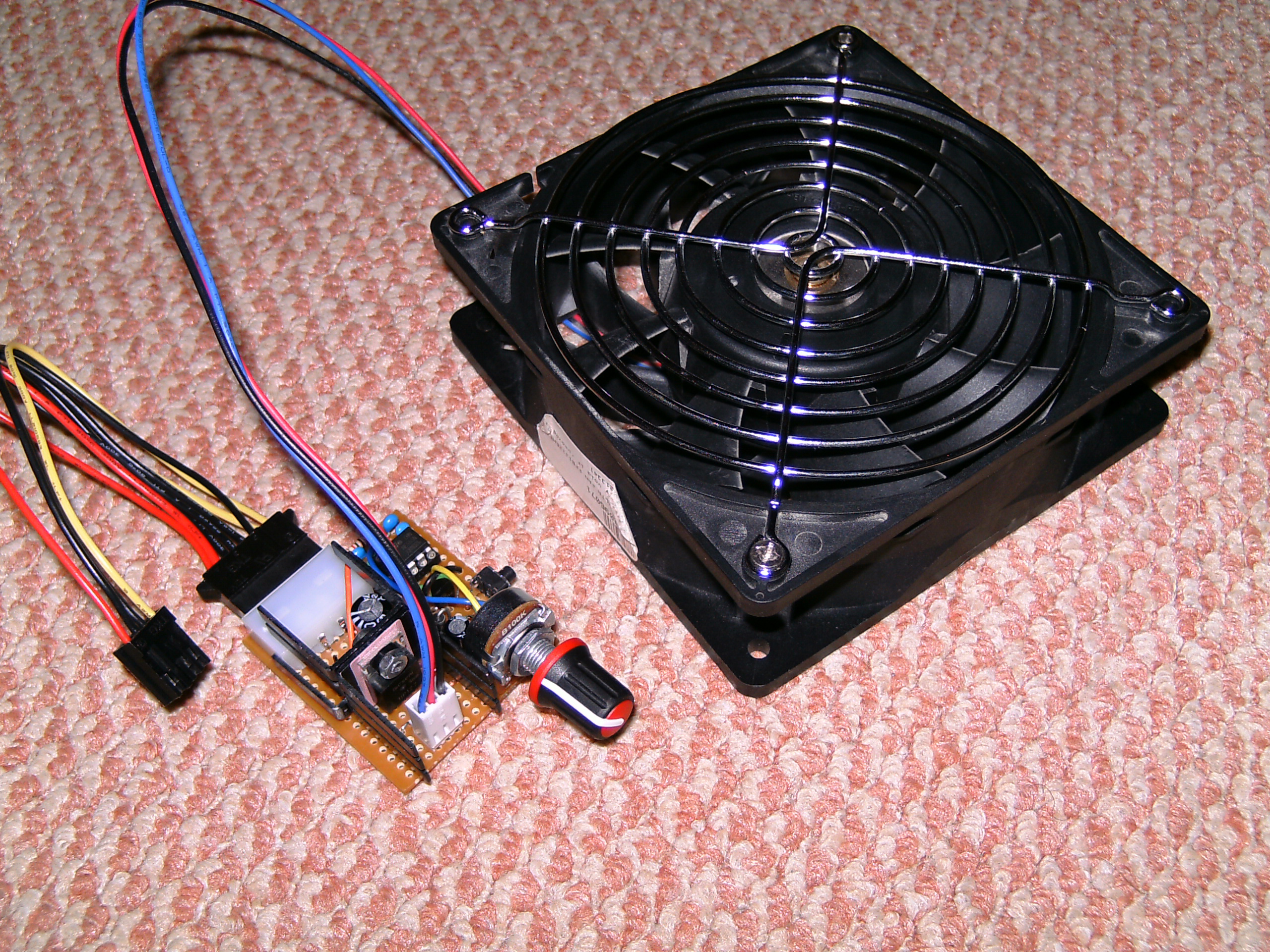
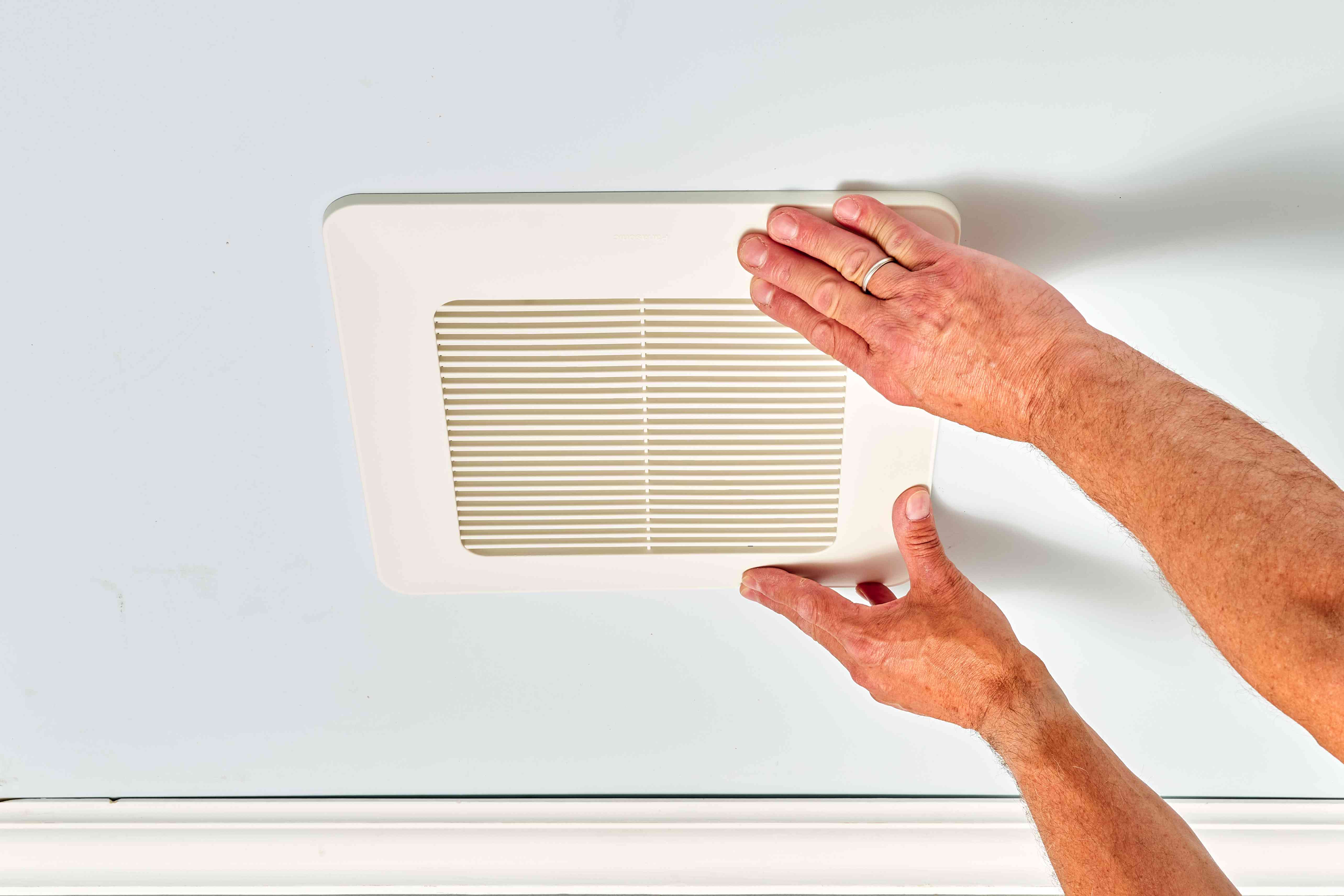
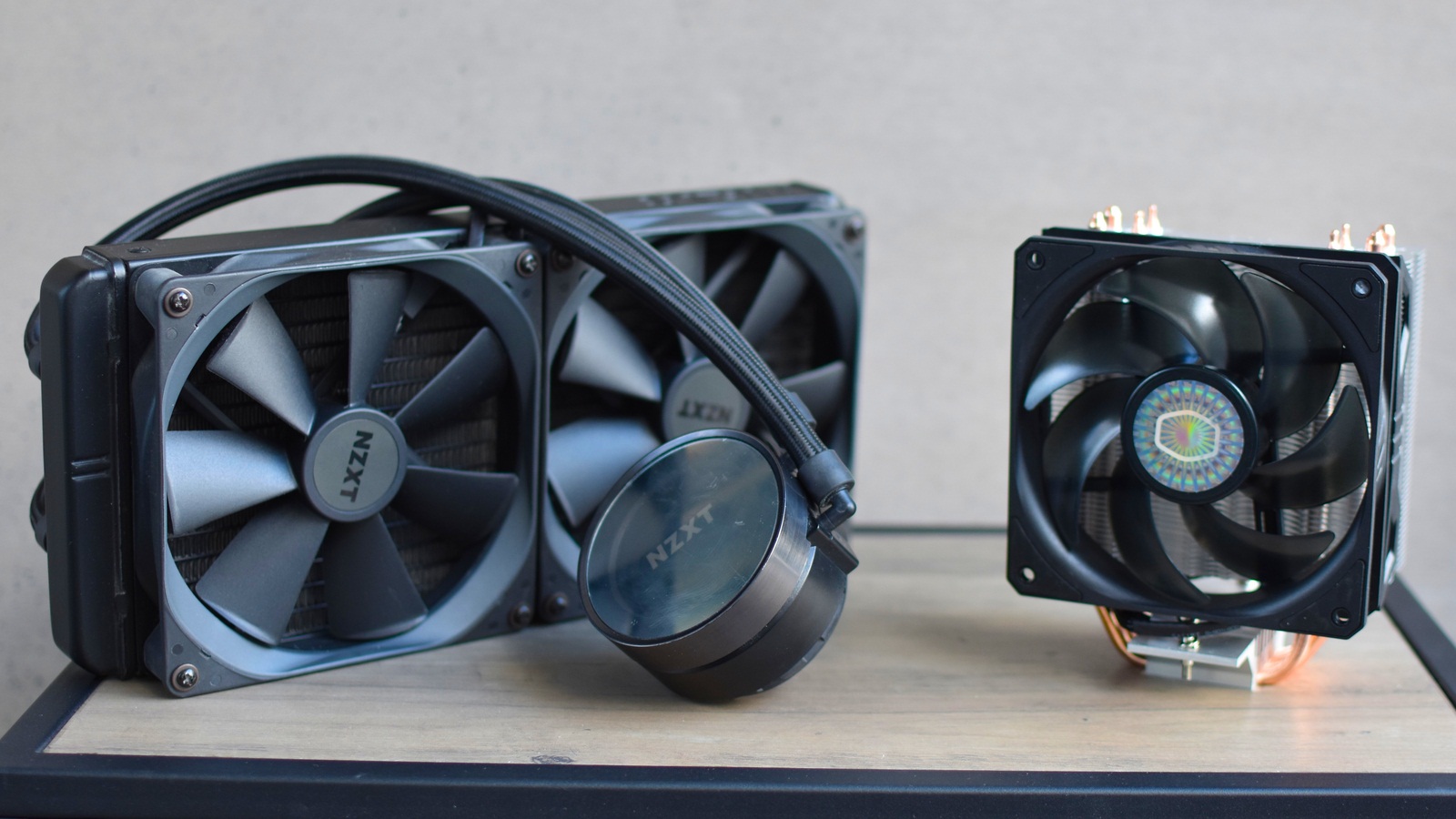
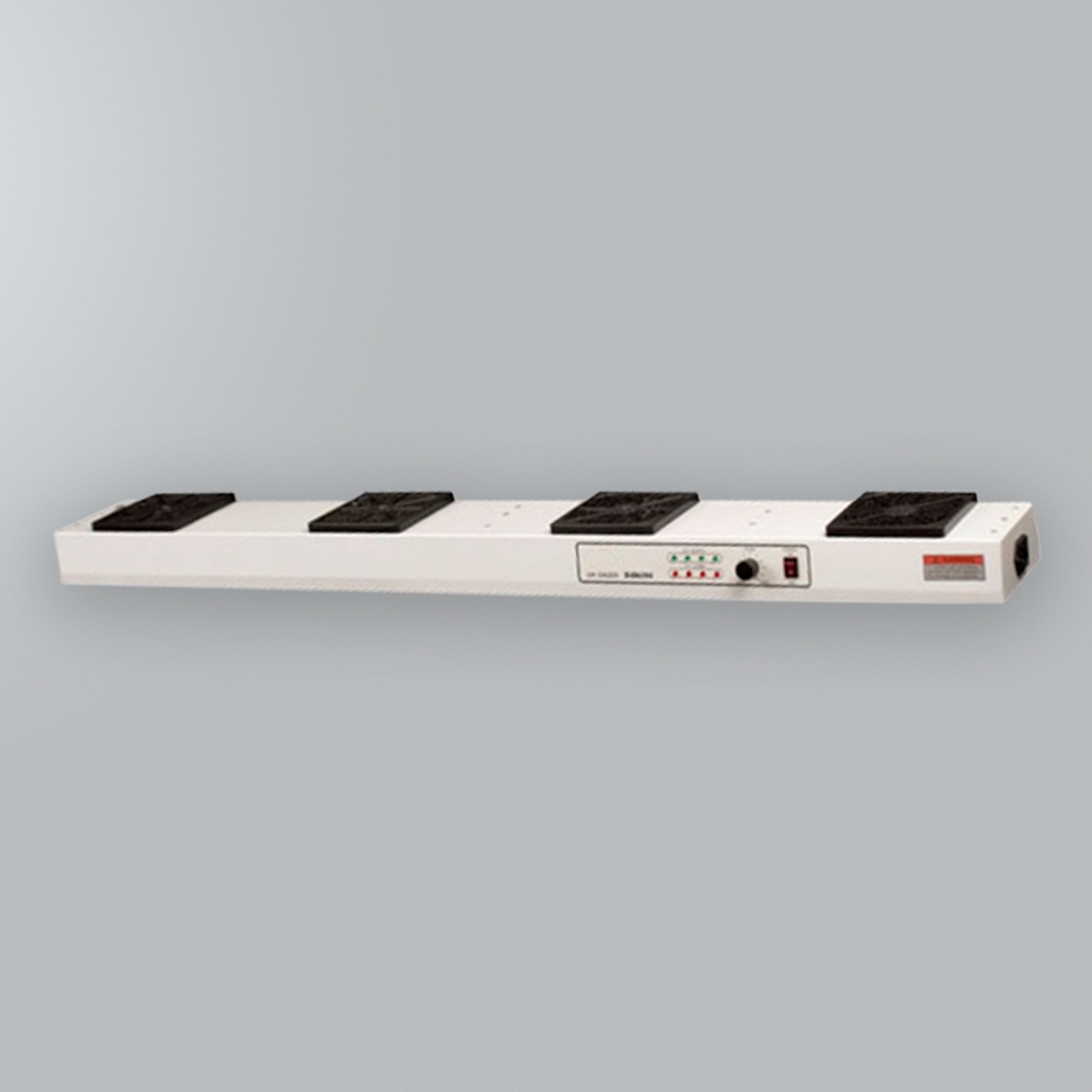

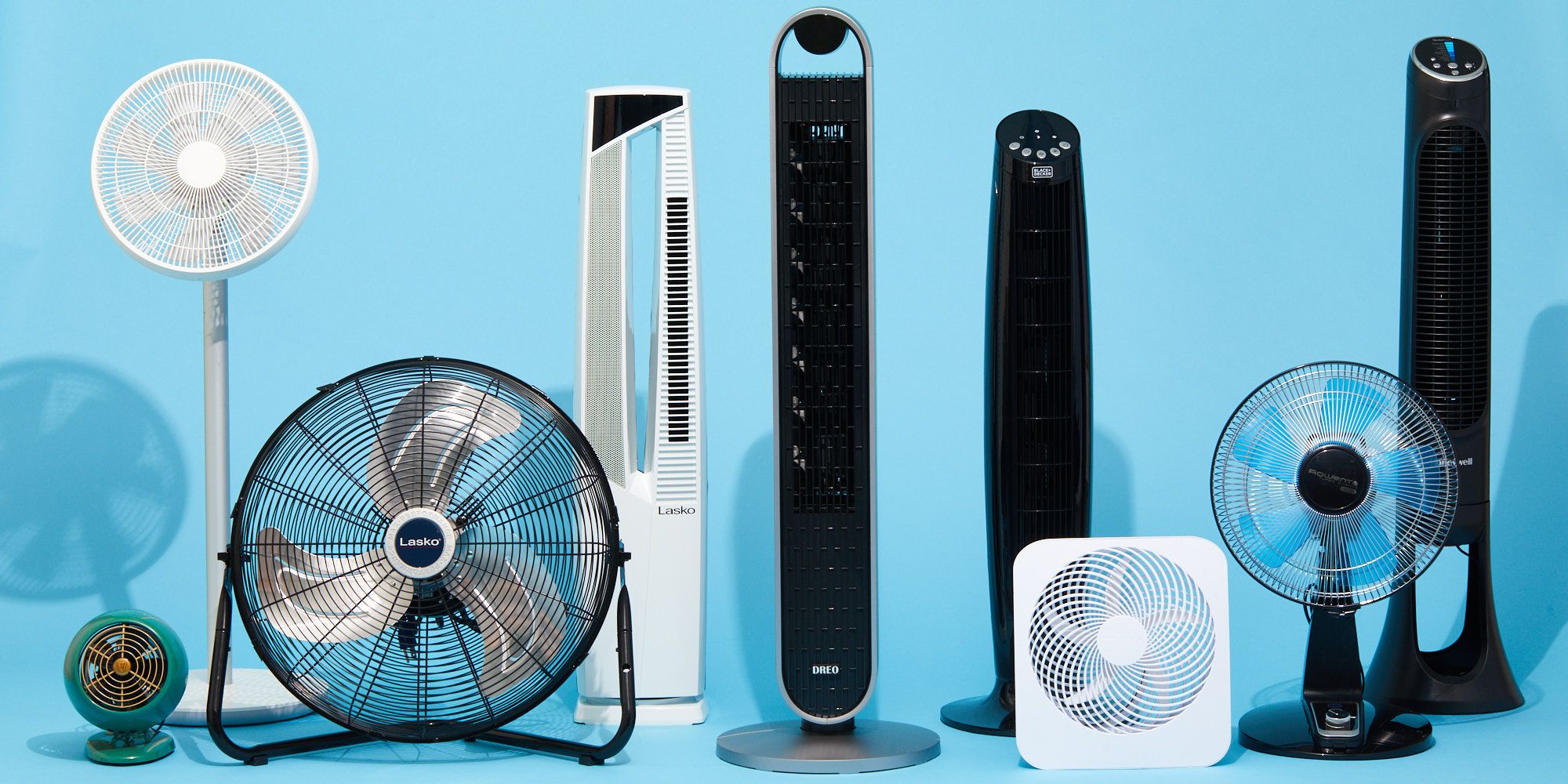
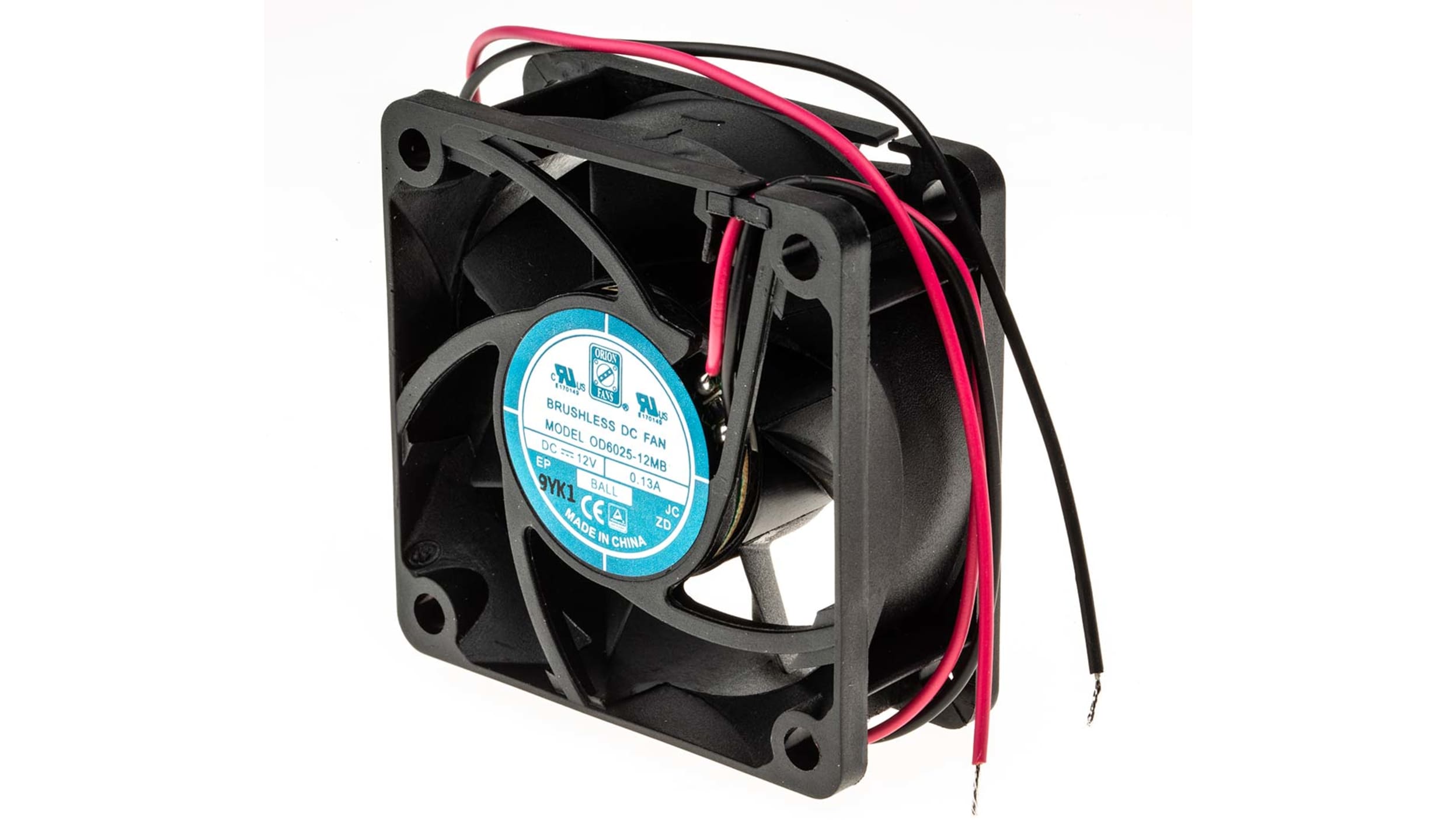
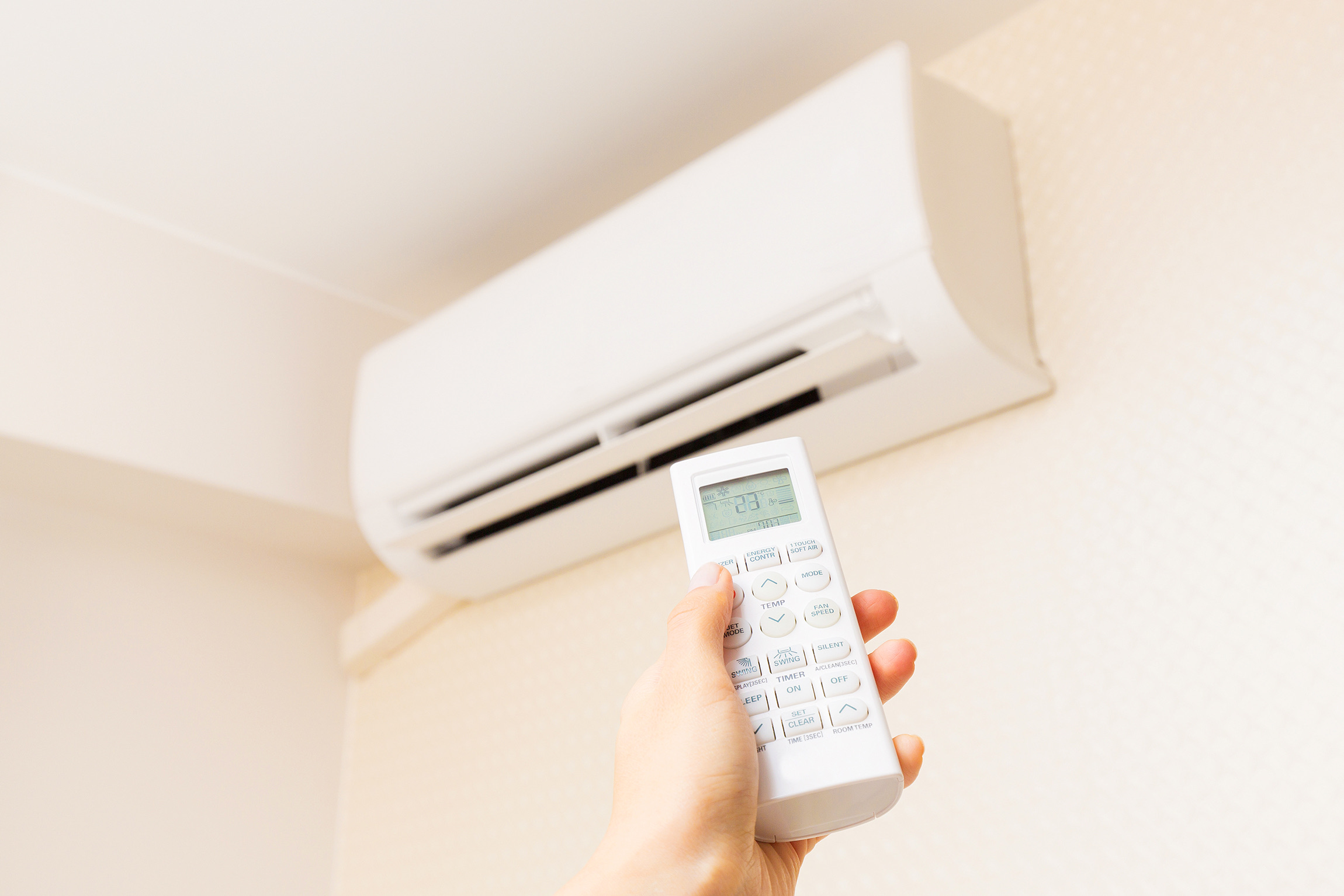
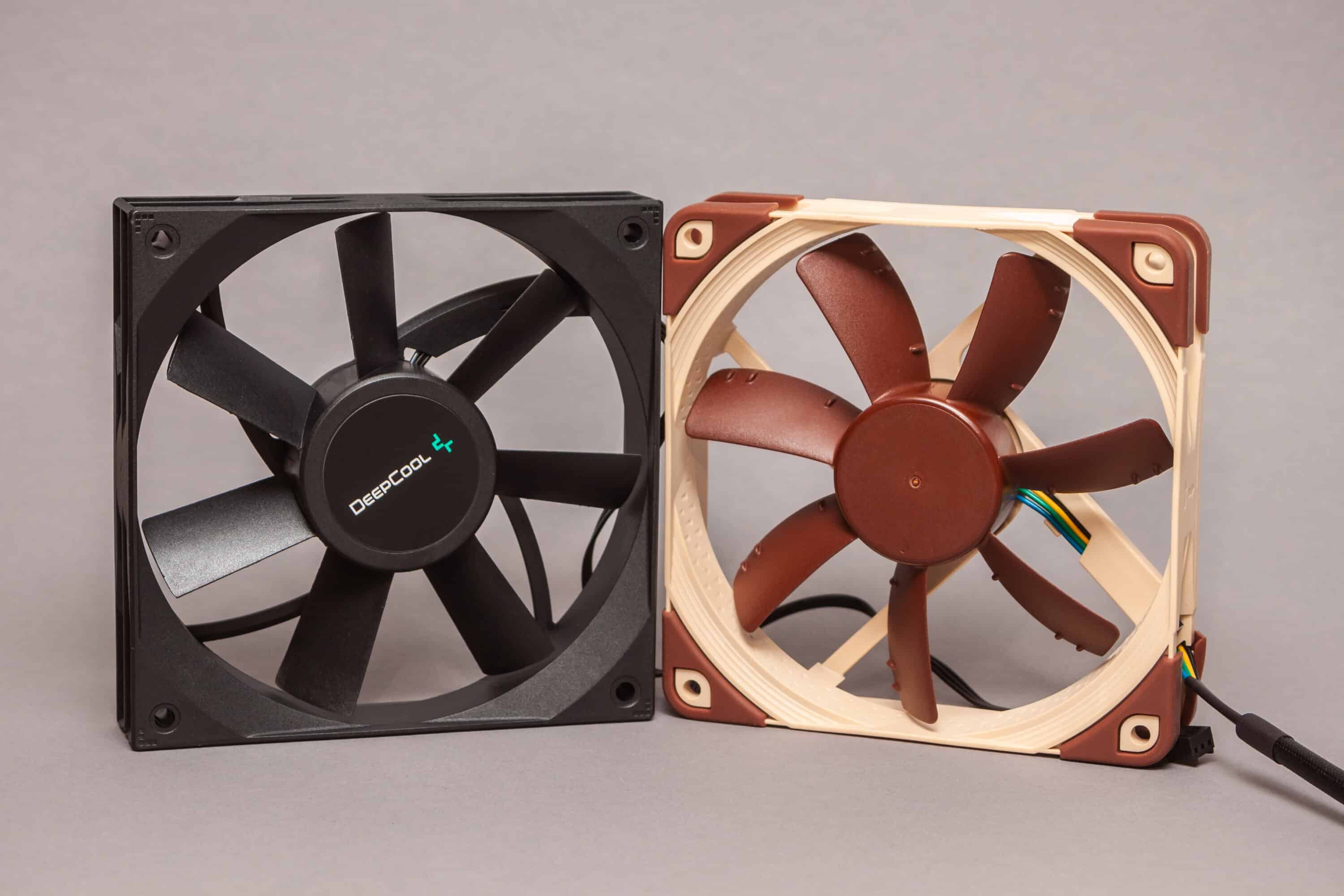
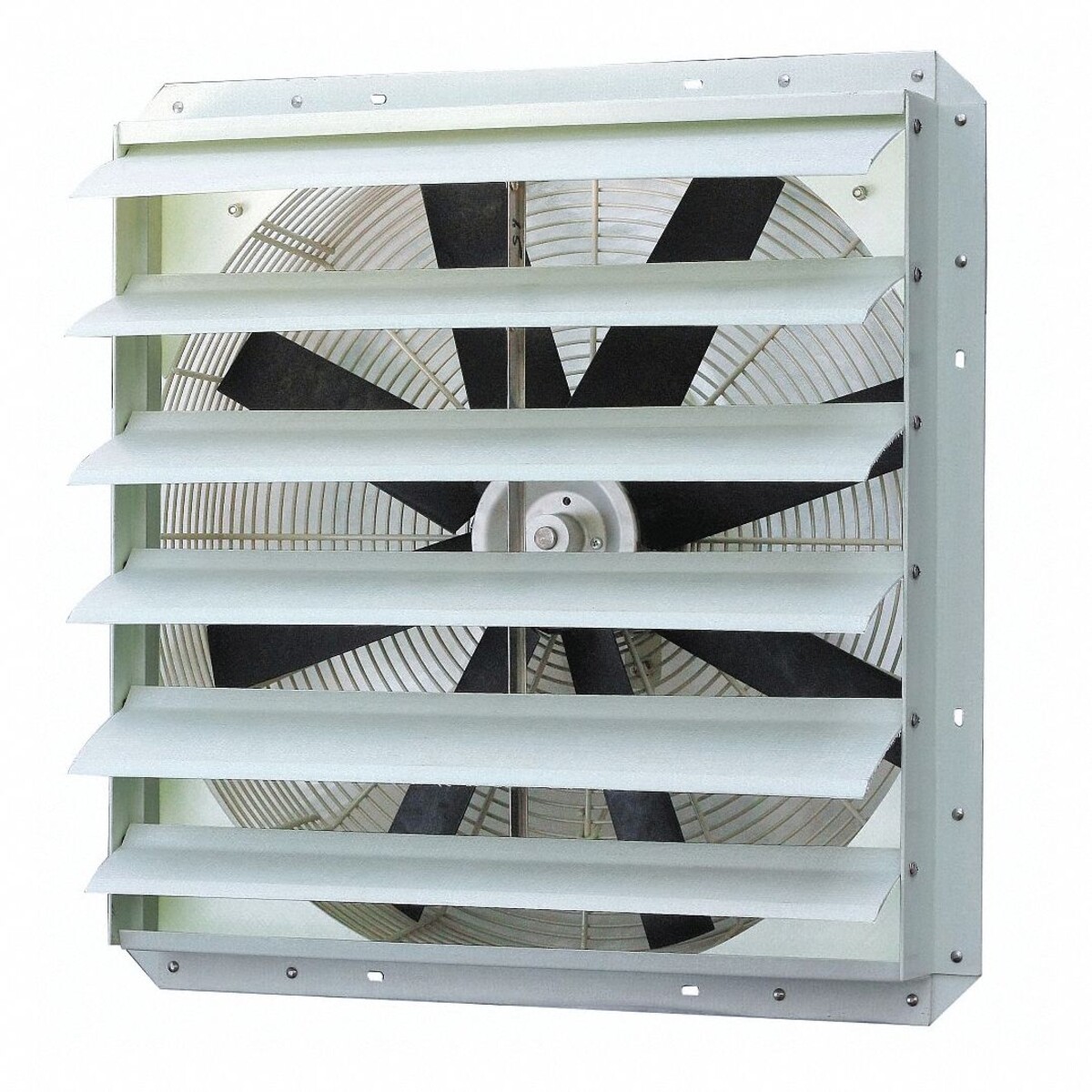
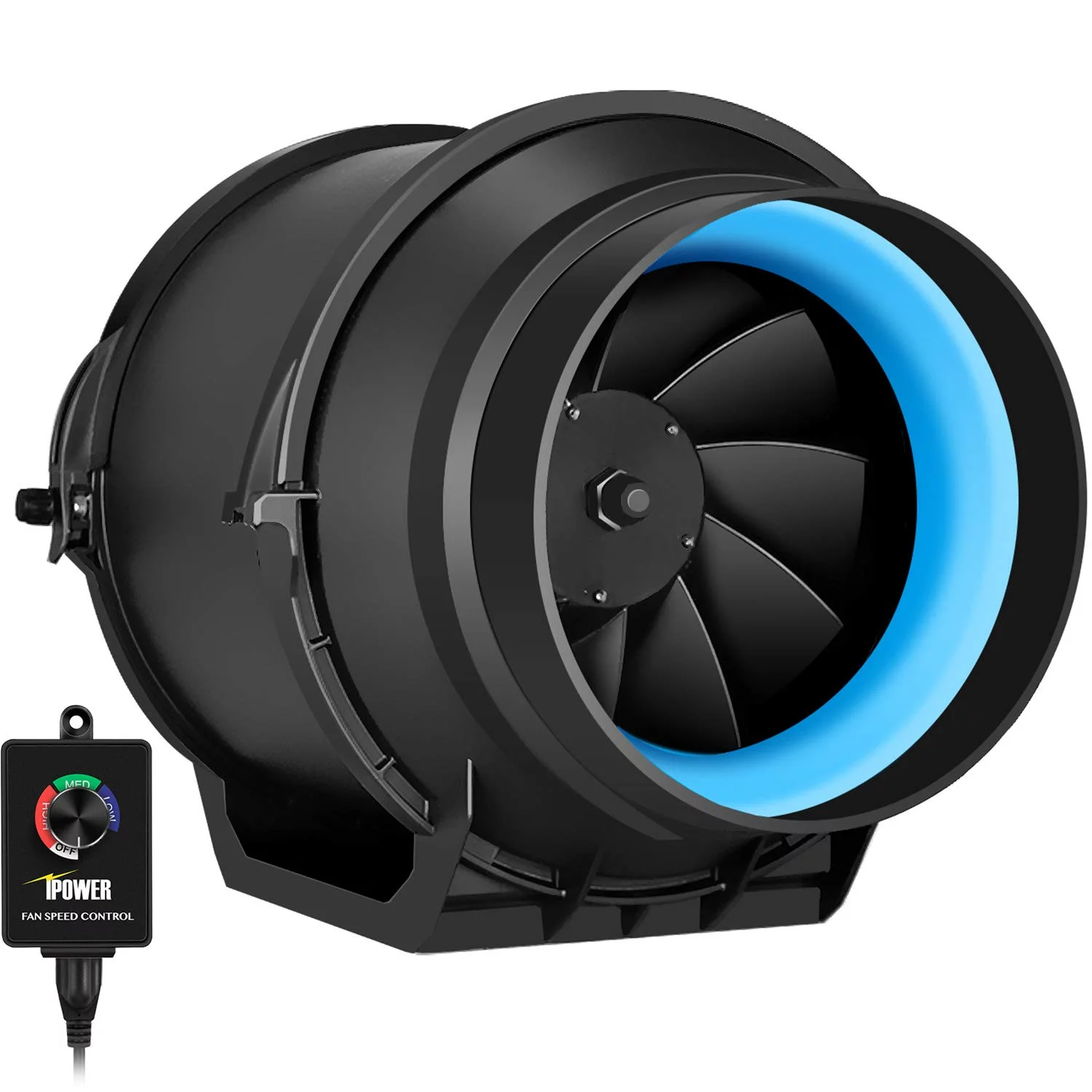

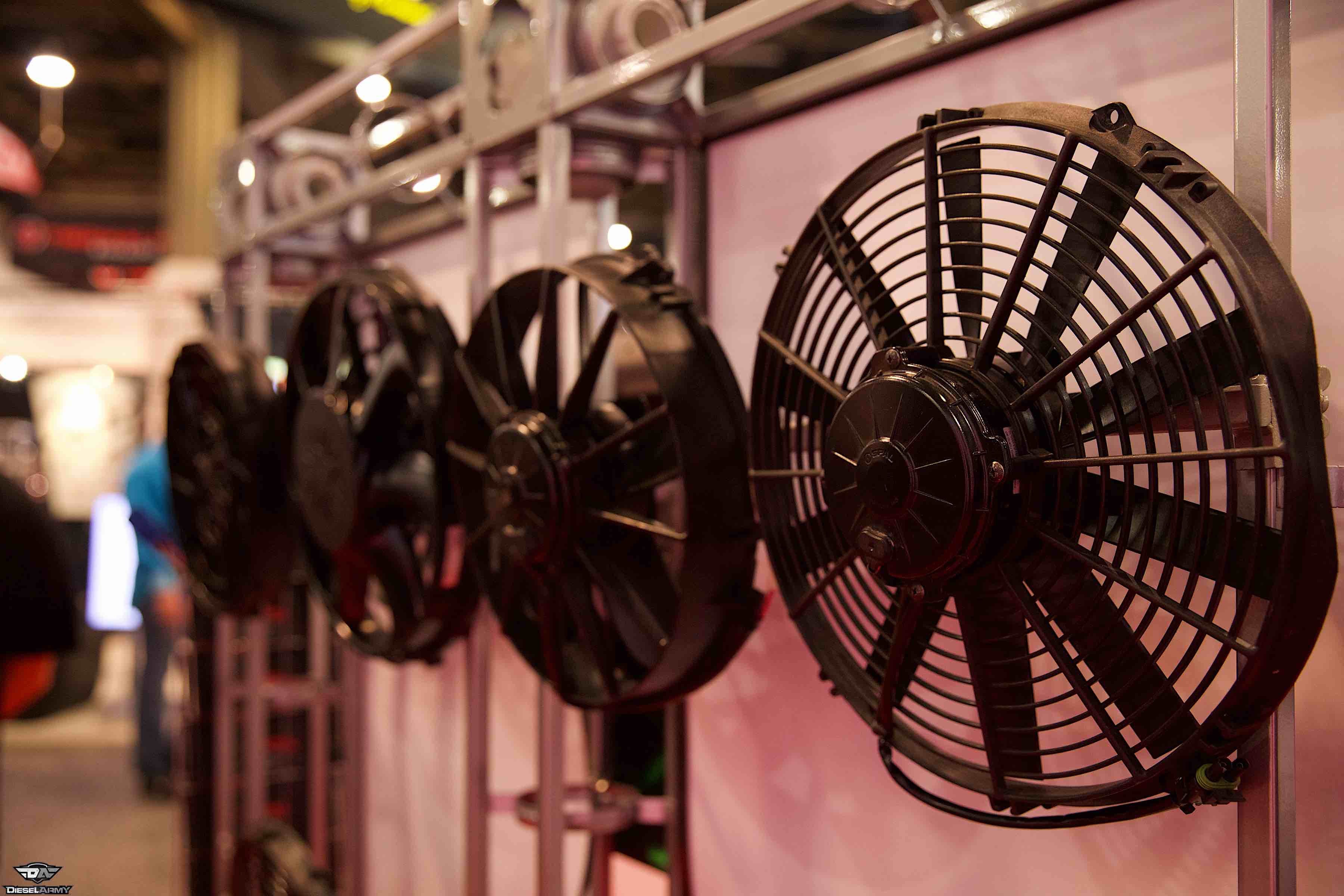

0 thoughts on “What Is A Shroud Fan”